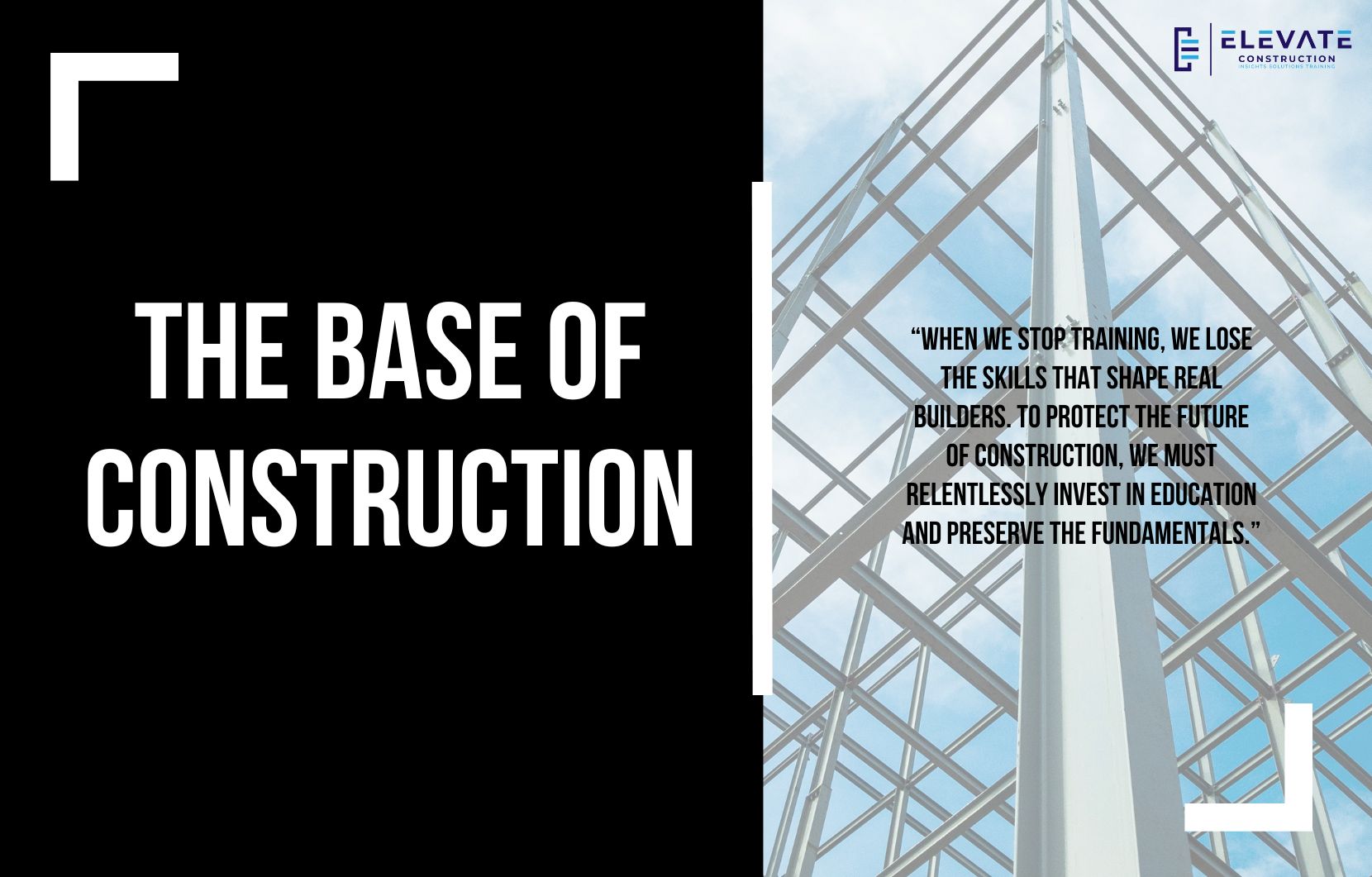In construction, training is not just important, it is the lifeblood of our industry. Without training, skills fade, knowledge disappears, and the craft of building slowly erodes. Recently, while talking with Kate about lessons from Japanese culture and preparing for my upcoming lean trip to Japan, I had a powerful realization about how training connects directly to our ability to keep essential skills alive in construction.
Kate shared a story from her reading about Japanese traditions. Many of their sacred buildings are intentionally constructed with materials that will age and wear down so they must be rebuilt every twenty years. They could preserve them with modern methods, but instead they choose to let them deteriorate naturally. Why? Because it ensures that each generation maintains the skill and craftsmanship required to rebuild them. The practice keeps their culture of building alive.
The contrast struck me. In the United States military, there was once a need to produce a specialized type of munitions. The chemical process required had not been used for decades, and all the experts who once knew how to make it had retired or passed away. Rebuilding that knowledge cost tens of millions of dollars and years of retraining. The skill had been lost because it was no longer being taught or practiced.
This is exactly what is happening in construction. As technology advances, as companies scale, and as older builders retire, we are losing critical skills. It might seem harmless to rely on robotic total stations, VDC teams, and automation, but the truth is that these tools cannot replace the builder’s mind. Skills like turning angles, doing coordinate geometry, drafting lift drawings, or building physical project models may feel outdated, yet they shape the way a builder thinks and learns to solve problems.
Today, many in the field struggle to write RFIs, process submittals, or create effective production plans. Even CPM scheduling, once a staple of construction management, is no longer taught with the same rigor. These gaps are not because our people lack intelligence or ability. They are the natural result of an industry that stopped training.
I see three key reasons why training has fallen behind. First is technology. Instead of using technology to enhance human capability, many companies expect it to replace human skills altogether. It is like stepping onto a moving walkway and standing still instead of walking forward. Technology should accelerate our abilities, not become an excuse to stop learning.
The second reason is cultural. For years, older builders trained the next generation through direct, sometimes harsh, teaching. When workplace culture changed and human resources clamped down on yelling or aggressive instruction, many of those seasoned builders chose silence over adaptation. They simply stopped teaching, and with them, decades of knowledge began to vanish.
The third reason is scaling. Companies that were once mid-sized ballooned into multi-billion-dollar enterprises almost overnight. Their training programs did not scale with them. Projects became larger and more complex, especially with advanced technology like data centers and microchip plants, yet the systems to develop builders at the same pace were missing.
The result is an industry filled with smart, hardworking people who lack the foundational training they need to thrive. The issue is not intelligence, it is education. We must return to the fundamentals. Training must be relentless, structured, and designed to preserve the skills that shape real builders.
At Elevate Construction, we have committed ourselves to capturing and sharing the wisdom of great builders before it is lost. Through books, guides, visuals, and structured programs, we are working to fill the training gap and mass-produce builders who are ready for the future. In our own company, with a young team of over seventy people, we are already seeing the results. Visitors tell me our builders know how to plan, schedule, and execute better than many industry veterans, not because they are naturally gifted, but because they have been trained from day one.
If I could wave a wand, I would love to see the federal government invest in a national program to mass-produce builders the way we once mobilized for wartime industries. Give us the resources, land, and support, and we could create tens of thousands of skilled builders in a matter of years. That may be a dream, but it points to the urgency of the situation. The future of our industry depends on whether or not we choose to prioritize training.
The Japanese preserve their culture by rebuilding their temples every generation. In construction, our temples are the skills of field engineering, project planning, and the art of building itself. If we stop training, we lose them. If we commit to training, we ensure that generations of builders will carry the craft forward.
Key Takeaway
When we stop training, we lose the skills that shape real builders. To protect the future of construction, we must relentlessly invest in education and preserve the fundamentals.
If you want to learn more we have:
-Takt Virtual Training: (Click here)
-Check out our YouTube channel for more info: (Click here)
-Listen to the Elevate Construction podcast: (Click here)
-Check out our training programs and certifications: (Click here)
-The Takt Book: (Click here)
Discover Jason’s Expertise:
Meet Jason Schroeder, the driving force behind Elevate Construction IST. As the company’s owner and principal consultant, he’s dedicated to taking construction to new heights. With a wealth of industry experience, he’s crafted the Field Engineer Boot Camp and Superintendent Boot Camp – intensive training programs engineered to cultivate top-tier leaders capable of steering their teams towards success. Jason’s vision? To expand his training initiatives across the nation, empowering construction firms to soar to unprecedented levels of excellence.
On we go

